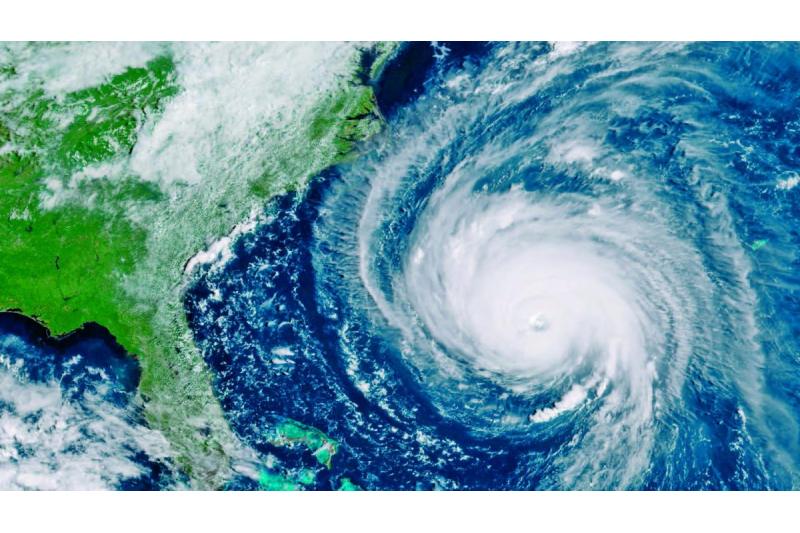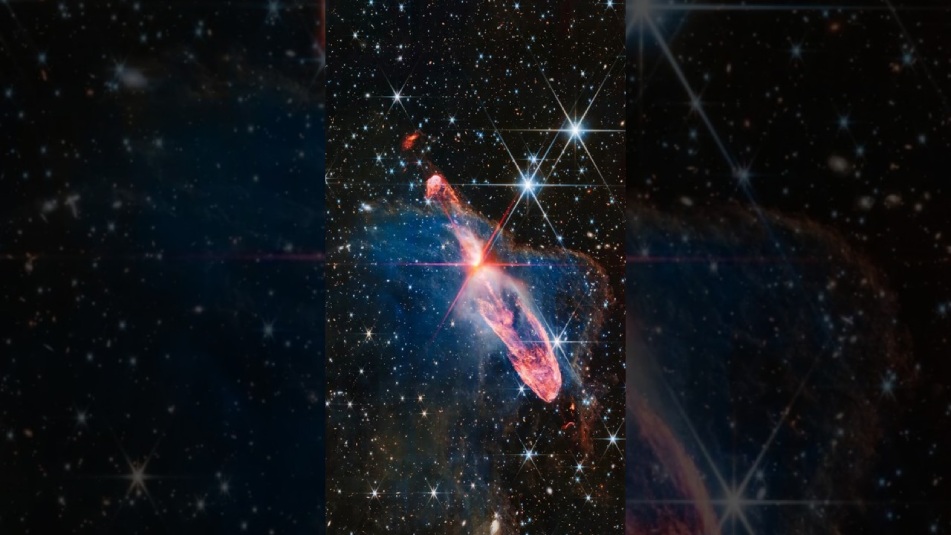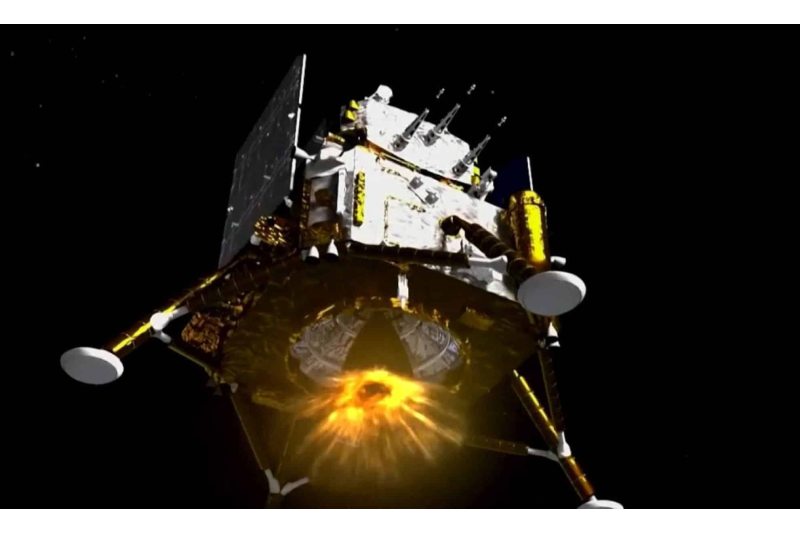The National Oceanic and Atmospheric Administration’s next geostationary weather constellation will use an ocean-color instrument developed by BAE Systems, formerly known as Ball Aerospace & Technologies Corp., under a $450 deal.
For the Geostationary Extended Operations, or GeoXO, program, BAE Systems is to construct two flying instruments to study ocean color under a cost-plus-award-fee contract that was announced on May 20. For every GeoXO Ocean Color Instrument, or OCX, BAE Systems will provide ten years of in-orbit operations and five years of in-orbit storage. There are alternatives in the contract for more flight instrumentation.
The largest procurement in NOAA’s history is called GeoXO, which is a continuation of the current Geostationary Operational Environmental Satellites – R Series program. Six satellites are covered by the $19.6 billion budget that was approved last year, with operations and support continuing until 2052.
Lakes and Coastal Waterways
NOAA will use OCX observations to monitor the biological, chemical, productivity, ecosystem change, water quality, safety of seafood, and threats such as harmful algal blooms in U.S. coastal seas, the Great Lakes, and the U.S. Exclusive Economic Zone. A more regular and thorough assessment of ocean and coastal conditions than is currently accessible is anticipated from OCX, which is anticipated to transmit updated data “at least every three hours,” according to the news release.
Forecasters, fisheries, health agencies, water treatment managers, and the commercial, recreational, and tourism sectors can all benefit from the information that the OCX instrument provides on changes in ocean and coastal ecosystems.
The new ocean color instrument will be designed, analyzed, developed, manufactured, integrated, tested, verified, and evaluated by BAE Systems under the terms of the OCX contract. Furthermore, at the NOAA Satellite Operations Facility in Suitland, Maryland, BAE Systems will assist with mission operations, supply and maintain ground support equipment, and support the launch.
NASA-NOAA Collaboration
The GeoXO program is being established in collaboration between NASA and NOAA. The program, operations, and data products are funded and managed by NOAA.
The satellites are developed, built, and launched by NASA and its commercial partners. BAE Systems was chosen by NASA to construct OCX for NOAA.
Additionally, BAE Systems is creating the GeoXO air quality sensor as part of a $365 million contract that was revealed on May 1.
L3Harris Technologies is developing the GeoXO Imager under a $765.5 million deal that was disclosed in March.




